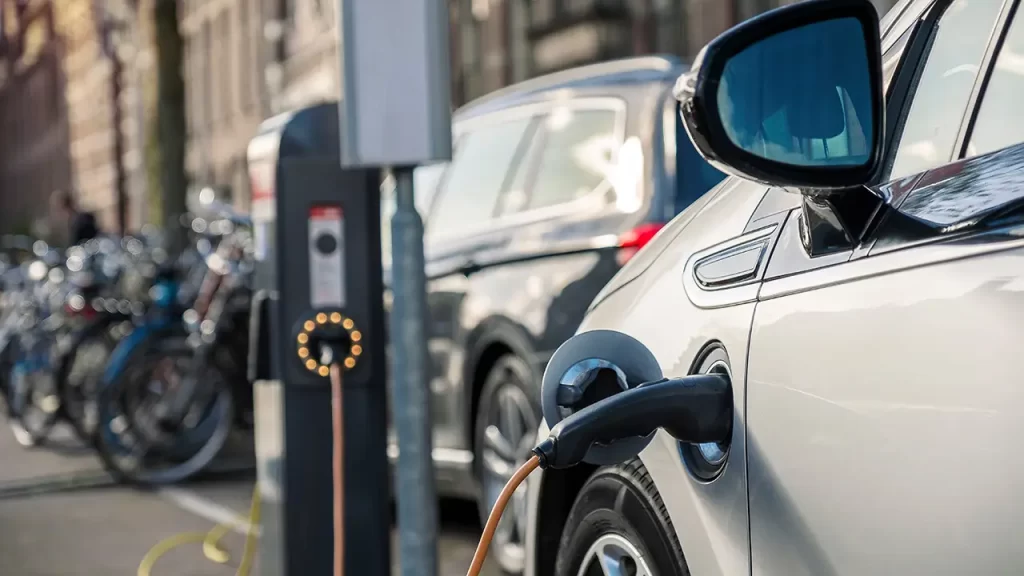Over the past several years, nearly every major car manufacturer has joined the electric vehicle bandwagon. Tesla currently holds the highest market capitalization among all automotive companies globally and EVs are becoming increasingly popular worldwide.
William Morrison from Scotland produced the first practical electric vehicle in 1830s, using an old horse-drawn Surrey carriage fitted with batteries for powering purposes.
The Evolution of Electric Vehicles
Since 2012, many car manufacturers have made major commitments to electric vehicles (EVs). Some even pledged to cease producing gasoline-powered vehicles altogether. With decreasing battery prices and easy accessibility of charging infrastructure plus growing consumer interest in EVs, this trend could see explosive growth.
At the turn of this century, rising environmental concerns generated interest in electric vehicles (EVs). Unfortunately, low gas prices dampened demand and cemented internal combustion engines’ dominance over time. After lying dormant for several decades however, EVs have returned stronger than ever; now accounting for 14% of passenger vehicle sales in Norway while global EV market projected to surpass 10 million units by 2035; battery technology will likely advance as more EVs enter global transportation systems.
The Early Years
At the turn of the century, electric cars began making a comeback. Engineers and inventors modified popular gasoline models into electric variations in an attempt to match internal combustion vehicle’s charging times, energy density and speed.
Pedro Salom and Henry Morris, from Philadelphia, converted a traditional horse-drawn Surrey carriage into an electric motor and battery vehicle known as Electrobat EV and competed against gasoline Duryea automobiles in sprint races at 20 mph top speed.
But demand for electric vehicles (EVs) gradually decreased with gasoline becoming cheaper and more widely available, further solidifying internal combustion engine dominance. Still, they continued through several cycles of dormancy and revival before NASA launched their lunar rover, powered by solar energy. This event signaled an unexpected comeback for EVs.
The Middle Years
The first EVs were unattractive two-seaters that were not well received, yet proved an electric motor could run for long distances. Unfortunately, that wasn’t enough to compete against gasoline-powered cars: cheap gas was easily accessible while advances to internal combustion engines made competing difficult for EVs.
Early 2000s automakers still considered electric vehicles (EVs) niche products. To try to improve driving range, they converted existing cars and converted them to run on electric power, hoping to improve battery technology so as to create vehicles like the Toyota Prius – but even this didn’t make enough of an impactful dent on world sales of cars; not until 2010s did electric vehicle growth accelerate rapidly.
The Late Years
As oil prices reached an all-time high during the seventies, interest in decreasing society’s dependence on fossil fuels surged. Big automakers jumped on board and began working on electric vehicles.
Sales of electric vehicles remained dismal until the late 90s. At that point, Prius hybrid made its first debut in Japan.
After 2010, when Tesla introduced their Roadster electric sports car, people increasingly associated a sleek, silent electric sports car as being synonymous with “electric vehicle.” Citicar became less common as people started thinking more frequently of an “electric vehicle”.
Today, more and more electric cars can be found on our roads, and battery technology continues to advance. New lithium-ion batteries offer more storage capacity while charging faster. Plus they come at lower costs.
The Future
As carmakers expand their EV offerings, electric vehicle (EV) model availability has seen rapid growth. However, it will take some time for sales of these models in emerging market developing economies (EMDEs).
In 2022, SUVs and large models made up over 40% of available BEV options in China and Europe, reflecting consumers’ strong preference for larger vehicles. However, major carmakers’ announcements indicate a shift towards small and medium cars in future.
Though gasoline initially triumphed as the technology of choice in the early 20th century, electric vehicles (EVs) have made significant inroads into mainstream car markets since. Thanks to advances in charging times, cost reduction and energy density improvements, EVs now can effectively compete head-on against internal combustion engines in most car markets; Norway even set a goal to phase them all out by 2035!


